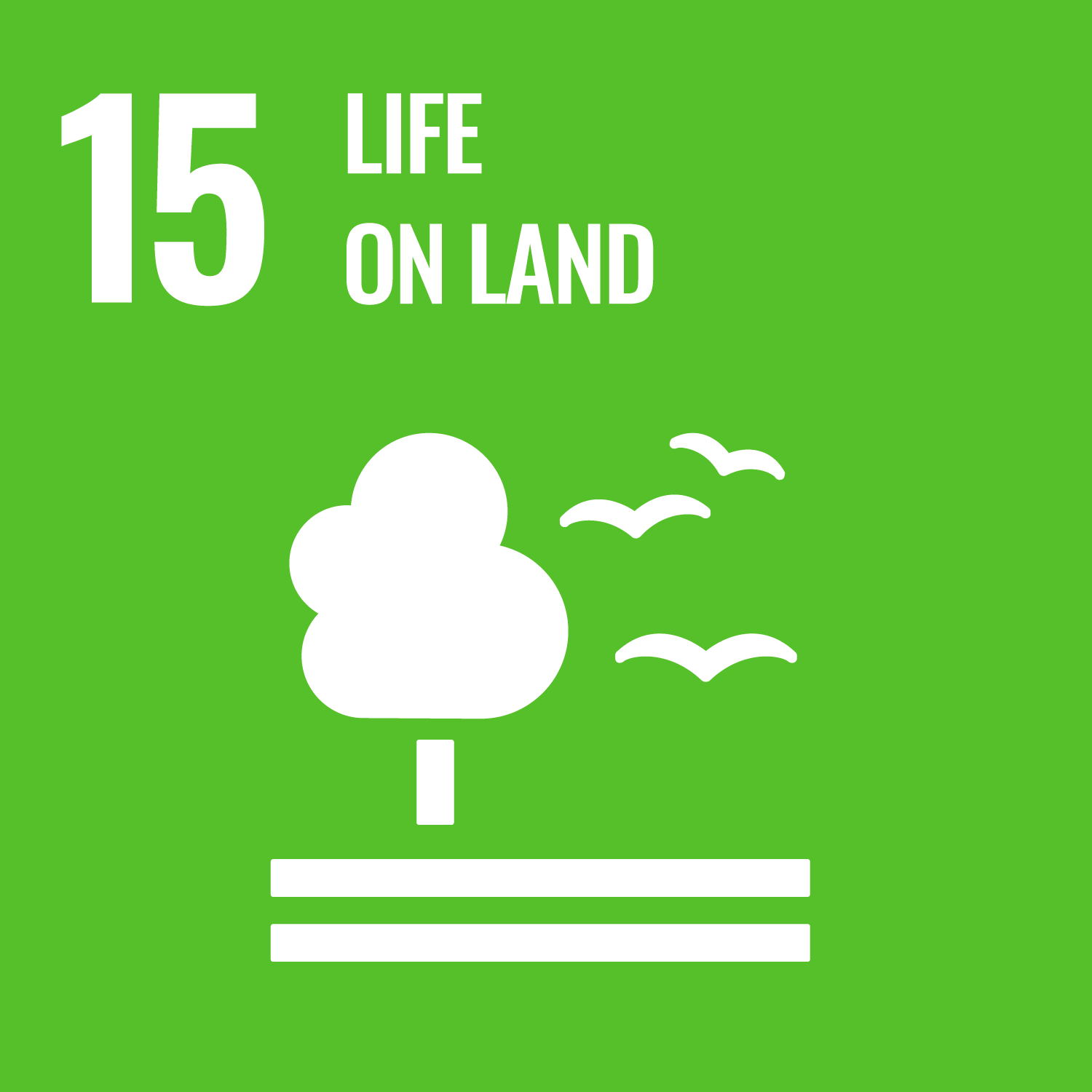
The role of high-biodiversity areas in contributing to the wellbeing of humanity
Increasing human pressure on the environment and the intensive use of resources are leading to a global loss of biodiversity and associated changes in natural ecosystems. These processes are also leading to a decline in what is known as Nature's Contributions to People (NCPs or ecosystem services), i.e. the contributions - both positive and negative - that living nature makes to people's quality of life.
Over the past 50 years, it has been observed that the loss of biodiversity and the decline of several NCPs, such as climate regulation and pollination (defined as regulatory NCPs) or cultural and psychological experiences (non-material NCPs), are progressing in parallel. It has therefore become crucial to understand the spatial relationship between biodiversity and these ecosystem services to safeguard the Earth's life support systems.
A new study by the Department of Biology and Biotechnology "Charles Darwin" of Sapienza University carried out in collaboration with Stanford University, estimates the importance of regions with high biodiversity in maintaining the supply of certain NCPs, considering four different scenarios of climate change and socio-economic development. The study, published in the journal Nature Sustainability, focuses in particular on three key regulatory NCPs that are currently in decline: the regulation of air quality, climate and freshwater quantity.
"Our work", says Marta Cimatti of the Biodiversity and Global Change Research Laboratory at Sapienza University of Rome, the study's first author, "has allowed us to measure the current and future value of NCPs using a set of environmental indicators derived from state-of-the-art climate models, and to assess whether the risk of environmental change is greater or lesser in regions with high biodiversity than in control regions".
The research results show that higher levels of NCPs are present in regions with high biodiversity for all indicators, both in the present and different future scenarios, highlighting the spatial congruence between biodiversity and NCPs. Furthermore, the indicators of air quality and climate regulation show rapidly increasing levels in biodiversity-relevant regions, especially in high-emission scenarios, while the indicators of water quantity regulation are slightly decreasing.
"Having shown that NCPs increase most in areas of high biodiversity value," Marta Cimatti continues, "is crucial for the definition of conservation policies and allows the identification of possible collaboration between the achievement of objectives under different international conventions and different sustainable development goals. Indeed, the conservation of these areas would protect life on Earth through the preservation of biodiversity, but also ensure human health and well-being, the provision of clean water and sanitation, and climate change mitigation'.
"The issues of sustainable development and biodiversity conservation have become top priorities, but the close link between these global goals is not always clear to everyone," concludes Moreno Di Marco, head of the Biodiversity and Global Change Research Laboratory and senior author of the study. This work shows how biodiversity conservation is critical to maintaining nature's contributions to people and, consequently, to achieving the Sustainable Development Goals of the 2030 Agenda."
References:
The role of high-biodiversity regions in preserving Nature’s contributions to People – Marta Cimatti, Rebecca Chaplin-Kramer, Moreno Di Marco – Nature Sustainability (2023) https://doi.org/10.1038/s41893-023-01179-5
Further Information
Marta Cimatti
Department of Biology and Biotechnology "Charles Darwin"
marta.cimatti@uniroma1.it
Moreno Di Marco
Department of Biology and Biotechnology "Charles Darwin"
moreno.dimarco@uniroma1.it
